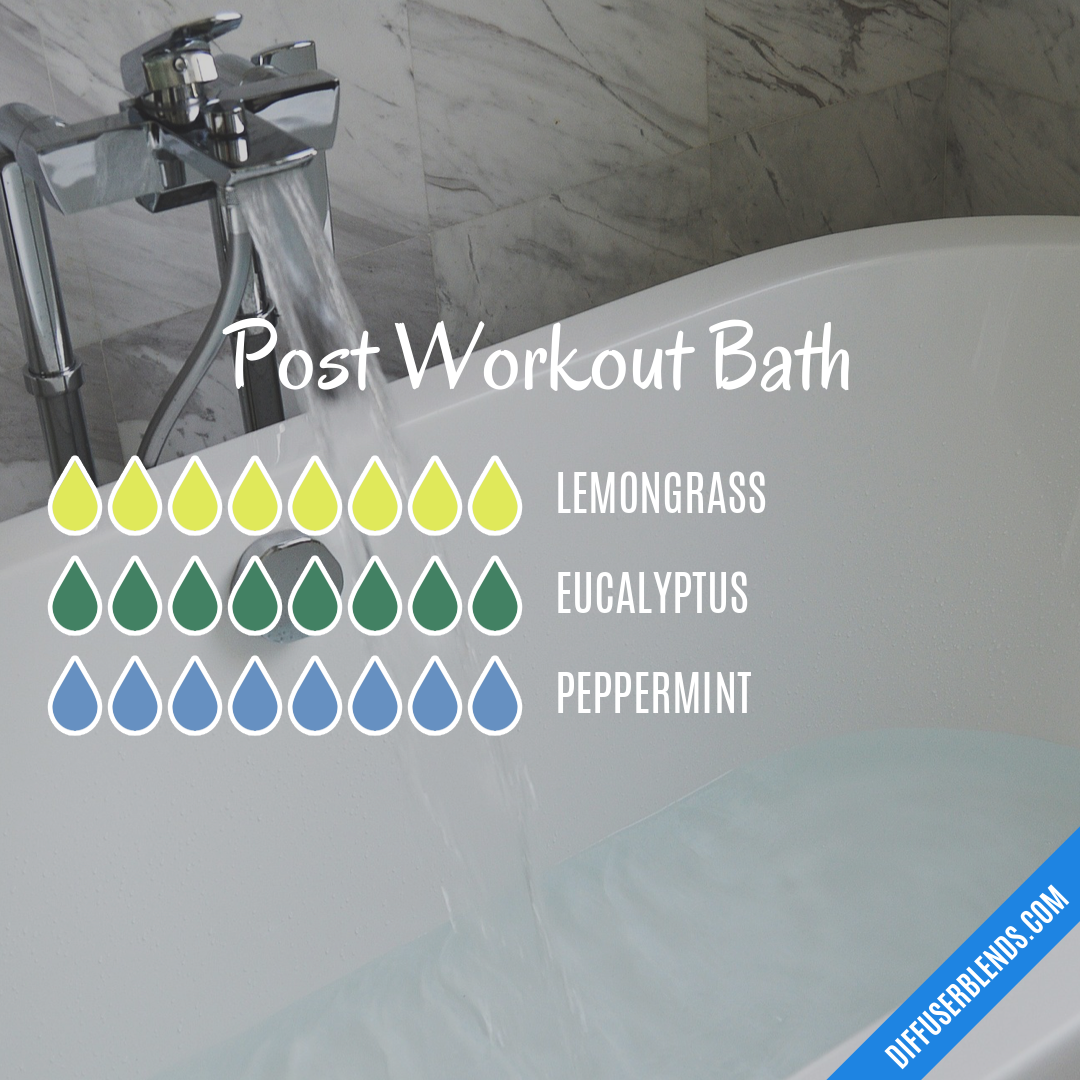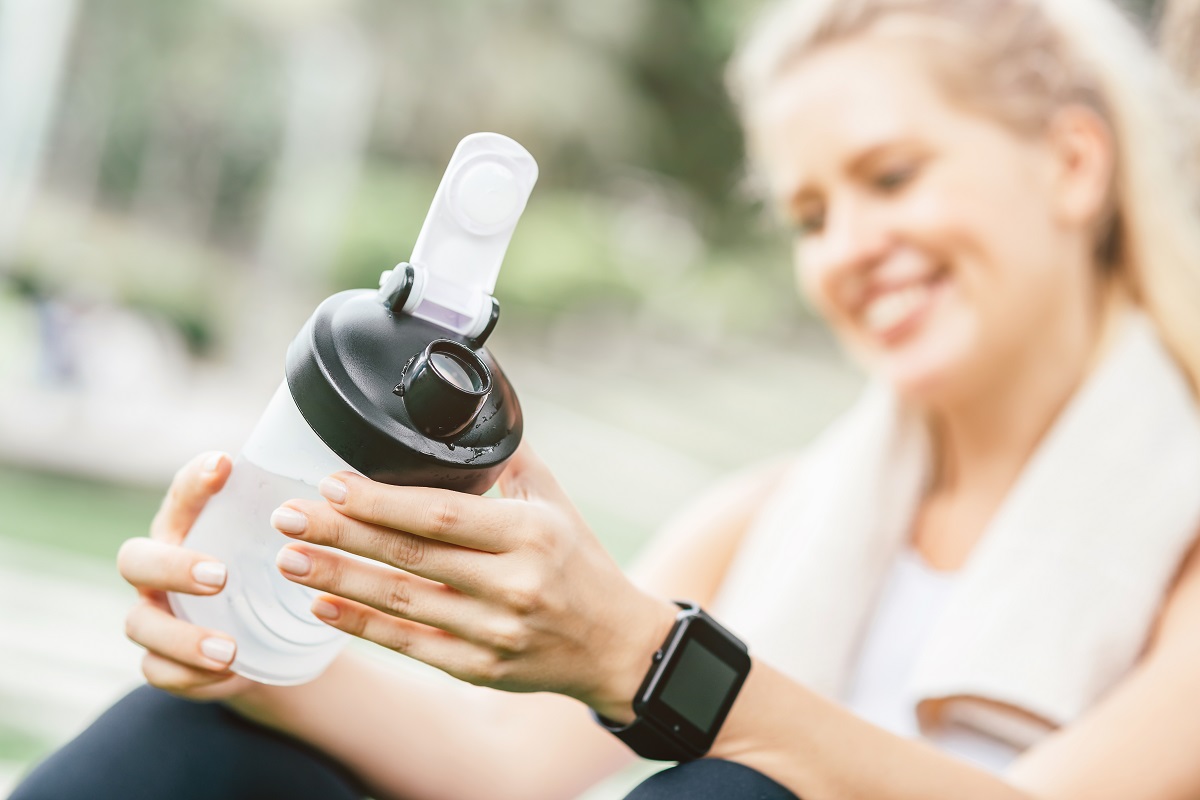Understanding the Benefits of Post-Workout Baths
Many athletes and fitness enthusiasts incorporate a bath into their post-workout routine. The practice offers potential benefits for muscle recovery and overall well-being. However, a debate exists regarding the optimal choice: a hot bath or cold bath after workout? Both methods present unique physiological effects. Hot baths promote relaxation and increased blood flow, potentially easing muscle soreness. Cold baths, conversely, focus on reducing inflammation and speeding recovery. This article explores the advantages and disadvantages of each, helping you determine which type of bath best suits your needs.
Choosing between a hot bath or cold bath after workout depends on various factors. The intensity and duration of your workout significantly influence the best approach. A particularly strenuous workout might benefit from the anti-inflammatory effects of a cold bath. Alternatively, a less intense session might be better complemented by the relaxing properties of a hot bath. Individual preferences also play a crucial role. Some people find the immediate relief of a hot bath more appealing. Others prefer the invigorating sensation of a cold bath, even if it’s initially less comfortable. Understanding these nuances allows for a personalized approach to post-workout recovery.
The decision of hot bath or cold bath after workout isn’t a simple yes or no answer. It’s about understanding your body’s response to exercise and selecting the recovery method that optimizes your results. Factors such as the type of exercise, your personal preference, and your fitness goals all contribute to the optimal choice. Experimentation is key to finding the perfect post-workout routine. This exploration into hot and cold water immersion will equip you to make informed decisions about your post-workout recovery strategies. Ultimately, the best bath is the one that best helps your body recover and feel its best.
Hot Baths: Relaxing and Recovering
A hot bath after a workout offers several potential benefits. The warm water increases blood flow throughout the body. This increased circulation can help deliver oxygen and nutrients to muscles. It also aids in the removal of metabolic waste products that accumulate during exercise. Many find a hot bath relaxing, easing muscle tension and promoting stress relief. This makes a hot bath a popular choice for post-workout recovery. Taking a hot bath or cold bath after workout is a common practice among athletes and fitness enthusiasts.
However, it’s important to consider potential drawbacks. Prolonged exposure to hot water can lead to dehydration if adequate hydration isn’t maintained. It is crucial to drink plenty of water before, during, and after a hot bath. The increased blood flow from a hot bath might not be ideal for everyone, particularly those with certain health conditions. Always consult with a healthcare professional before incorporating a hot bath or cold bath after workout routine into your post-exercise regimen, especially if you have pre-existing health issues.
The soothing warmth of a hot bath can significantly reduce muscle soreness and improve overall recovery. This effect is attributed to the improved blood flow and relaxation it provides. Choosing between a hot bath or cold bath after workout depends on individual preferences and recovery goals. A hot bath’s relaxing properties make it an excellent option for those seeking stress reduction after intense physical activity. The warmth eases muscle tension, making it a popular choice for those who prioritize relaxation in their post-workout routine. Remember, proper hydration is essential when considering a hot bath or cold bath after workout to avoid dehydration and maximize the benefits.
Cold Baths: The Boost to Recovery
Cold water immersion, a post-workout practice, offers unique benefits for recovery. Cold water immersion after exercise can reduce inflammation and potentially accelerate recovery time. This method is often preferred for its ability to reduce delayed-onset muscle soreness (DOMS). Cold baths can help soothe sore muscles by constricting blood vessels. In contrast to a hot bath, this approach can be very effective in reducing inflammation.
Studies suggest that cold water immersion can help reduce muscle damage by slowing down the inflammatory response. This can translate to faster recovery and a quicker return to training. Many athletes utilize this practice for its potential to improve muscle function and reduce recovery time after strenuous workouts. The cold shock of a cold bath can stimulate the body’s natural recovery processes. Cold baths after a workout can have a significant impact on recovery compared to hot baths after a workout.
Compared to a hot bath, a cold bath or cold water immersion offers a different set of benefits. The reduction in inflammation and the potential for faster recovery are key advantages of cold water immersion. This differs significantly from the relaxation response often associated with a hot soak. The effect on muscle recovery can be a significant advantage compared to a hot bath after a workout.
How to Choose the Right Post-Workout Bath
Choosing between a hot bath or cold bath after workout depends on individual needs and preferences. Consider your workout intensity. A strenuous session might benefit from a cold bath to reduce inflammation. A gentler workout might call for a relaxing hot bath. Personal preference plays a significant role. Some people find cold immersion invigorating, while others prefer the soothing warmth of a hot bath. Your desired outcome is key. Do you prioritize muscle recovery, stress relief, or a combination of both? A hot bath or cold bath after workout can address these goals, depending on your choice. Understanding these factors helps determine the ideal post-workout soak for you. Think of a hot bath or cold bath after workout as a personalized recovery tool.
The intensity of your workout significantly influences the best choice of post-workout bath. After intense training, a cold bath can be beneficial to reduce inflammation and muscle soreness. This helps speed up recovery and prevent delayed onset muscle soreness (DOMS). For less intense exercise, a hot bath may be preferable, offering relaxation and stress relief. It also improves blood flow to help flush out metabolic waste products. The type of workout you’ve done can influence your decision. For example, weight training might respond well to a cold bath for muscle recovery, while yoga or a light jog might call for the soothing effects of a hot bath. The right hot bath or cold bath after workout is based on your experience.
Experimentation is key to finding what works best for you. Start by trying both hot and cold baths after different types of workouts. Pay attention to how your body responds. Note any differences in muscle soreness, recovery time, and overall feelings of well-being. Adjust the temperature and duration of your baths to fine-tune your post-workout routine. Remember, the optimal hot bath or cold bath after workout is subjective. There’s no single right answer. Listening to your body and adjusting your approach accordingly will help you find the ideal post-workout bath for optimal recovery and relaxation. Consistency and attention to your body’s signals are critical for determining the most beneficial approach to recovery.
Beyond the Basics: Additional Factors to Consider
Beyond the type of bath—hot bath or cold bath after workout—several other factors influence the effectiveness of your post-workout soak. The duration of your bath significantly impacts its benefits. A shorter, more intense cold bath might be ideal for reducing inflammation, while a longer, more relaxing hot bath can promote deeper muscle relaxation. Experiment to find what works best for you. Temperature preferences also play a crucial role. Some individuals prefer a very cold bath, while others may find a lukewarm temperature more comfortable. Listen to your body and adjust the temperature accordingly. This personalized approach is key to reaping the rewards of a post-workout hot bath or cold bath. Preparation also matters. Consider a light stretch before submerging yourself. This can improve circulation and enhance the benefits of the bath. A hot bath or cold bath after workout isn’t a one-size-fits-all solution; adapting your approach ensures optimal recovery.
Optimal bath duration varies depending on individual needs and the type of bath chosen. For cold baths aimed at reducing inflammation after intense exercise, a shorter duration (10-15 minutes) is often recommended. Longer soaks (20-30 minutes) may be preferred for hot baths, emphasizing relaxation and muscle recovery. However, prolonged immersion in hot water can lead to dehydration, highlighting the importance of hydration strategies. Remember, a hot bath or cold bath after workout should complement your overall recovery strategy, not replace it. Factors like the intensity and duration of your workout directly impact the type and length of bath most suitable. For example, a short, easy workout may only need a quick warm bath, while a strenuous marathon may benefit from ice bath therapy. Always prioritize your body’s signals.
Incorporating these additional considerations ensures a more personalized and effective post-workout recovery routine. Consider your workout intensity, your personal preferences, and the specific benefits you seek – whether that is enhanced muscle recovery or stress reduction – when deciding on the ideal duration and temperature for your hot bath or cold bath after workout. Remember that consistency and attentiveness to your body’s needs will help you optimize the recovery process. A well-planned and personalized soak can significantly enhance your post-workout experience and contribute to overall well-being. The key is to experiment and discover what feels right for your body, making the choice of a hot bath or cold bath after workout a truly individualized process.
The Role of Hydration in Recovery
Proper hydration significantly impacts the effectiveness of a hot bath or cold bath after workout. Before, during, and after exercise, sufficient water intake is crucial for optimal muscle function and recovery. Dehydration can hinder performance and increase the risk of muscle cramps. It also reduces the benefits of a hot bath, as your body needs adequate fluids to support increased blood flow. Conversely, even with a cold bath, hydration ensures your body can effectively manage the temperature changes and support the recovery process.
Water helps to regulate body temperature, transport nutrients to muscles, and remove waste products. After an intense workout, replenishing fluids lost through sweat is essential. Consider the intensity and duration of your exercise when determining your hydration needs. A longer, more strenuous workout requires more fluid replacement. Electrolyte drinks can be beneficial after intense sessions, replacing essential minerals lost through sweat. These drinks can enhance the positive effects of your chosen hot bath or cold bath after workout, helping you recover more efficiently. Remember that even on rest days, maintaining consistent hydration supports overall health and well-being.
The benefits of hydration extend beyond immediate recovery. Consistent hydration improves circulation and nutrient delivery to muscles, accelerating the repair process and reducing the risk of future injuries. This is true whether you opt for a hot bath or a cold bath after workout. By prioritizing hydration, you contribute to a faster, more complete recovery, regardless of your post-workout cooling-off method. The type of bath you choose plays a role, but proper hydration forms the foundation of successful recovery from any physical exertion. Maintaining optimal hydration is a critical aspect of maximizing the benefits of a hot bath or cold bath after workout.
Scientific Backing: Research and Evidence
The effectiveness of hot bath or cold bath after workout remains a topic of ongoing research. Studies exploring the impact of cold-water immersion (cold bath) on muscle recovery have shown promising results. Research suggests that cold water immersion can reduce inflammation and muscle soreness, potentially speeding up recovery time after intense exercise. This is thought to be due to the constriction of blood vessels, which limits swelling and reduces pain. However, the optimal temperature and duration of cold water immersion are still being investigated, with varying results reported across studies.
Conversely, research on the benefits of hot baths after exercise focuses primarily on their relaxation and stress-reducing effects. Hot baths increase blood flow to muscles, potentially aiding in the removal of metabolic waste products. This increased circulation might contribute to reduced muscle soreness, although this effect is less consistently demonstrated than the benefits of cold water immersion. Some studies suggest that the relaxation induced by a hot bath can improve sleep quality, which indirectly supports recovery. The impact of a hot bath or cold bath after workout on long-term athletic performance is also an area that requires further study.
It’s crucial to note that the scientific community doesn’t offer a definitive answer on whether a hot bath or a cold bath is superior for post-workout recovery. Individual responses vary significantly. Factors such as the intensity and duration of the workout, the athlete’s fitness level, and personal preferences play crucial roles in determining the most effective post-workout recovery method. More research is needed to fully understand the nuances of these recovery strategies and to personalize recommendations based on individual needs. The choice between a hot bath or cold bath after workout should be guided by personal experience and individual responses.
Conclusion: Finding Your Optimal Post-Workout Soak
Ultimately, the choice between a hot bath or cold bath after workout depends on individual preferences and goals. This article explored the physiological effects of both hot and cold water immersion. Hot baths promote relaxation and increased blood flow, potentially easing muscle soreness. Cold baths, conversely, combat inflammation and may speed recovery. Experimentation is key. Try both methods to determine which best aligns with your needs and recovery style. Consider factors like intensity of your workout and personal comfort levels. Remember that proper hydration plays a crucial role in recovery, regardless of your chosen post-workout bath.
The benefits of a hot bath or cold bath after workout are supported by research. While the scientific consensus continues to evolve, the evidence suggests both approaches offer valuable advantages. A personalized approach, combining elements of both depending on the workout and individual needs, could prove highly beneficial. Listen to your body; it will guide you toward your optimal post-workout routine. Consistent hydration is important. Prioritize proper hydration throughout the day, especially before, during, and after exercise. This will positively impact your overall recovery regardless of your chosen method of post-workout recovery.
Choosing between a hot bath or cold bath after workout is a personal journey. There is no one-size-fits-all answer. By understanding the potential benefits of each, and by carefully considering your own body’s response, you can craft a post-workout recovery strategy that promotes optimal wellness and enhances your athletic performance. Remember to pay attention to your body’s signals and adjust your routine accordingly. The key is finding a balance that works best for you. Consistent effort, combined with informed choices about your post-workout routine, will support your overall health and fitness objectives. Consider factors like workout intensity, personal preference, and the desired outcome (relaxation or recovery) when selecting your post-workout soak.




